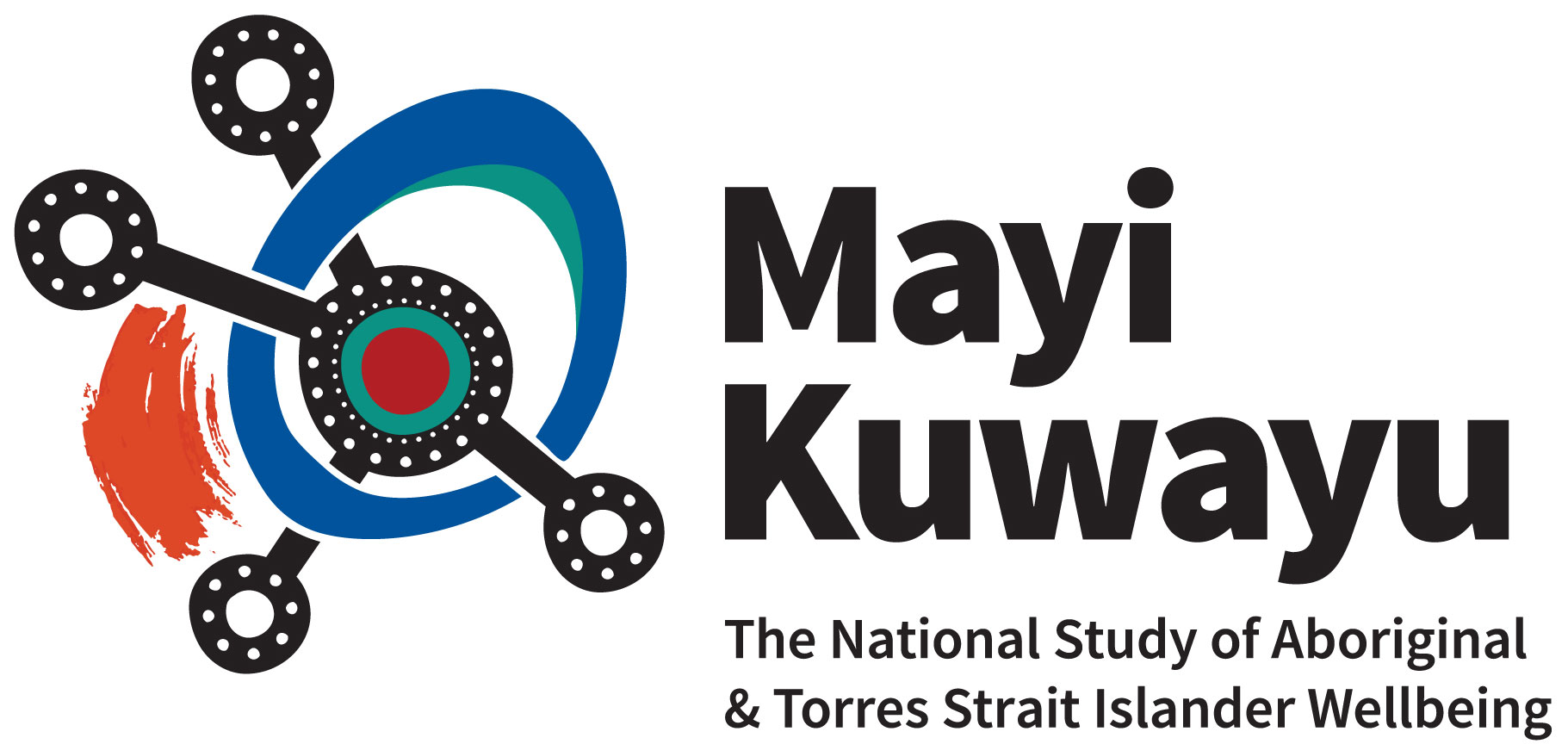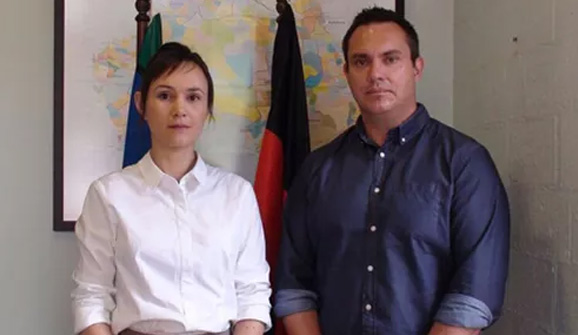Report on violence against women in Indigenous communities released

Book on indigenous midwifery earns Prof Fredericks a joint award
September 4, 2017The challenges of evaluating Indigenous violence programs
September 6, 2017A report into the current state of knowledge, practice and responses to violence against women in Australian Indigenous communities has been released today by Australia’s National Research Organisation for Women’s Safety (ANROWS).
The report is a timely summary of the published literature on Indigenous women and violence – an issue of national importance.
Research Fellow at the Australian Institute of Aboriginal and Torres Strait Islander Studies and National Centre for Epidemiology and Population Health at ANU Dr Ray Lovett advised that in general, the term “family violence”, rather than domestic violence, is preferred by Indigenous communities.
“Family violence is understood to be the result of a range of community and family factors, rather than one individual’s problematic behaviour,” Dr Lovett said.
“While there are a number of theories, no one causal factor can explain family violence. Instead, a number of inter-related factors have been identified, highlighting the complex and cumulative nature of violence and victimisation.
“But it is important to respect and understand that despite the disproportionate burden of violence against Indigenous women, violence is not normal or customary in Indigenous communities.”
ANROWS CEO Heather Nancarrow said the report would help to put the focus on Indigenous views on “what works” to address violence against Aboriginal and Torres Strait Islander women.
“One of the key findings in the report is that Indigenous communities want a more meaningful role in developing programs and service responses. ANROWS funded this project to review the current knowledge on this issue, and it is clear there is a wealth of knowledge to draw from.”
Visiting Fellow at the National Centre for Epidemiology and Population Health, ANU, Dr Anna Olsen said that although the issue of violence within Indigenous communities has been highlighted through political and media attention, less is known about Indigenous experiences and viewpoints on the issue.
“In reviewing Indigenous viewpoints on ‘what works’ we found that solutions developed by Indigenous people are likely to focus on community healing, restoration of family cohesion and processes that aim to let both the victim and perpetrator deal with their pain and suffering,” Dr Olsen said.
“Approaches to violence valued by Indigenous communities include cultural based leadership and governance, and programs focused on preventing the transfer of intergenerational trauma. In addition to family violence focused services, a much larger effort is required to improve the wider social, economic and health circumstances of Indigenous communities.”
Source: Click here to view

